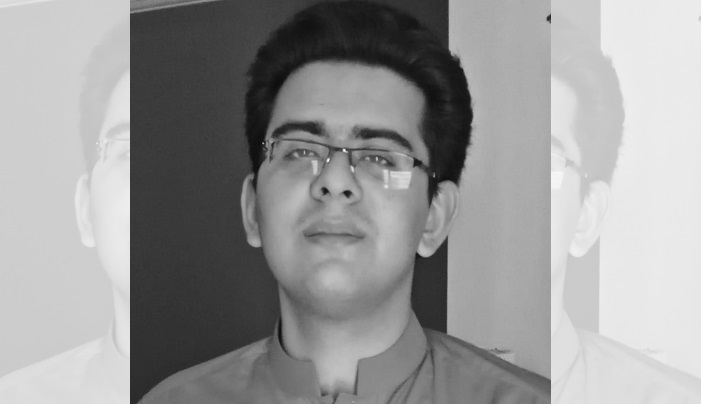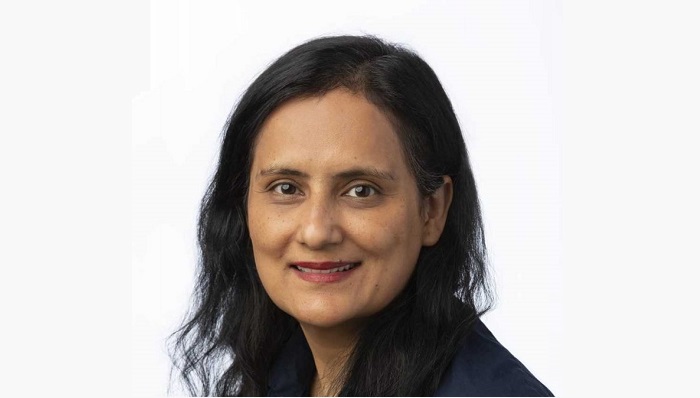One of the darkest times in contemporary Indian history was the 1984 state violence against Sikhs in the East Punjab. The venerated Darbar Sahib, popularly known as the Golden Temple, was the target of a military incursion ordered by Prime Minister Indira Gandhi in June of that year. For Sikhs, the Golden Temple is the centre of their faith. In a tragic turn of events, Mrs. Gandhi was murdered by two of her Sikh bodyguards on October 31, 1984. This terrible occurrence sparked a wave of genocide that spread throughout the country.
Hindu agitators were motivated by vengeance; they burned down businesses owned by Sikhs, drove Sikhs from their homes and cars, and beat them before fleeing to attack more Sikhs. Horrified bystanders watched as roving mobs rampaged through the streets of New Delhi, attacking and sexually assaulting Sikh women, killing Sikh men, and setting fire to Sikh homes, businesses, and Gurdwaras. First-hand accounts paint a picture of government officials and law enforcement officers participating in the violence, inciting residents to seek revenge and arming the mobs.
The wave of pogroms was relentless, and official statistics indicate that approximately 3,000 Sikhs lost their lives in that short period. At its peak, the murder rate had skyrocketed to the point where one person was killed every minute. However, unofficial estimates of the death toll are much higher, and human rights advocates have pinpointed specific persons responsible for planning and carrying out these atrocities. Former New York Times bureau chief in New Delhi Barbara Crossette made a sobering comparison: “In 1984, India witnessed the loss of almost as many Sikh lives in a few days as the total deaths and disappearances that occurred in Chile during the 17-year military reign of General Augusto Pinochet, spanning from 1973 to 1990.”
Approximately 20,000 people, according to official government figures, left the city due to the pogroms. On the other hand, the People’s Union for Civil Liberties said that “at least” 1,000 people had to leave their homes. Sikh neighbourhoods in Delhi took the worst of the damage. Across India, human rights groups and journalists have claimed the killing was planned in advance. Sikhs became more alienated, and the Khalistan cause gained strength as allegations of involvement by politicians affiliated with the Indian National Congress in the riots went unproven in court. The Sikhism’s chief centre of religious authority, the Akal Takht, has recognised this slaughter as genocide.
Human Rights Watch released a study in 2011 pointing out that the Indian government had not yet begun prosecuting individuals responsible for the widespread deaths. The United States vehemently accused the Indian National Congress of participating in the riots, labelling it as “opportunism” and a demonstration of “hatred” by the Congress administration towards Sikhs, as revealed by the WikiLeaks cable disclosures of 2011. Though it stopped short of calling what had happened genocide, the United States recognised “grave human rights violations.” And in 2011, the Hondh-Chillar and Pataudi areas of Haryana were the locations of multiple Sikh massacres that took place in 1984, with only charred remains remaining. India’s premier investigation agency, the Federal Bureau of Investigation, suspected that the violence had been planned with the help of the Delhi police and certain high-ranking officials in the federal government.
Those who lived through the upheaval are still seeking justice three decades later. Many victims’ families have been stuck in a vicious cycle of poverty and marginalisation because those responsible have not yet been brought to justice. For thirty years, the Indian government has maintained an official policy of silence, refusing to admit its involvement in the widespread violence.
India is at a turning point in its history, and it may make amends and work towards healing while the victims’ loved ones are still alive. The Indian government must take action to resolve this matter. Until this occurs, minority communities in India will continue to feel marginalised and attacked by their own government, making political stability an elusive aim.
- Biharis: Children of a Lesser God - 11/10/2023
- Anti-Sikh Pogroms of 1984 - 08/10/2023
- Modi’s Saffron Tide is Actually Red - 05/10/2023








